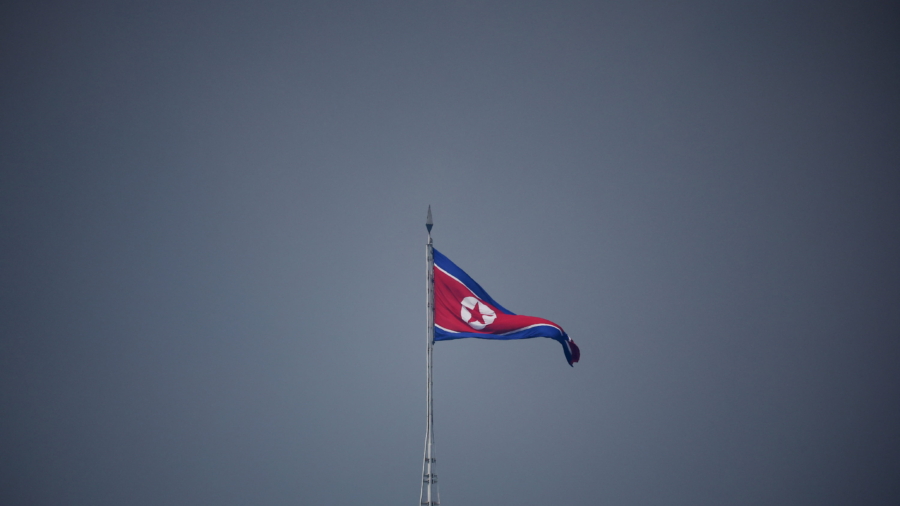SEOUL—A North Korean drone briefly entered a no-fly zone surrounding South Korea’s presidential office when it intruded into the South’s airspace last week, Seoul’s military said on Thursday.
The drone was among five North Korean drones that crossed into the South on Dec. 26, prompting South Korea’s military to scramble fighter jets and helicopters. The military was criticized for failing to bring down the drones which flew over the South for hours.
South Korea’s Joint Chiefs of Staff (JCS) had denied that one of the drones intruded into a no-fly zone near President Yoon Suk-yeol’s office in Seoul, but on Thursday confirmed it had violated the northern end of the area.
A JCS spokesperson said there was a change in its analysis after an inspection of the military’s readiness posture over the latest intrusion.
The JCS said the North’s unmanned aircraft did not fly directly over the Yongsan area, where Yoon’s office is located.
Yoo Sang-bum, a member of the parliamentary intelligence committee, said the possibility of the drone taking photos of the presidential compound, which also houses the JCS headquarters, could not be ruled out, citing intelligence officials.
North Korea has about 500 unmanned aerial vehicles of 20 different types, most of which measure about one meter to six meters (40 to 236 inches), but which also include a small amount of self-destruct attacker devices, Yoo said.
“A movement of developing medium- and large-sized drones for long-distance reconnaissance has been detected but it appears to be at an early stage, and securing technologies such as high-performance detection sensors would be key,” Yoo said after a briefing by the spy agency.
The border crossing has sparked criticism over South Korea’s air defenses at a time of the North’s growing nuclear and missile threats.
The defense ministry has pledged to launch a new drone unit to improve its surveillance and reconnaissance system especially against smaller drones.
It also unveiled plans last week to spend 560 billion won ($441 million) over the next five years to boost its anti-drone capability, including developing airborne laser weapons and signal jammers.
Yoon has warned he would consider suspending a 2018 inter-Korean military pact if the North violates its airspace again.
Reclusive North Korea has pursued missile and nuclear weapons programs in violation of U.N. Security Council resolutions. North and South Korea are technically still at war because their 1950–53 conflict ended in a truce, not a peace treaty.
By Soo-hyang Choi and Hyonhee Shin


